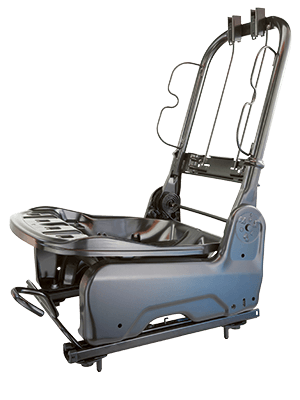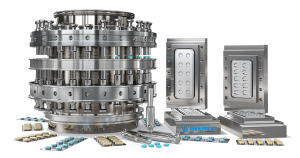
Cold Work

Different processes are used for the production of metal tools under cold condition, broadly defined as surface temperatures below 200°C. These processes include blanking, drawing, cold extrusion, fine blanking, cold forging, cold forming, powder compacting, cold rolling and shearing (industrial knives). The choice of the best steel for the forming and blanking tools must, however, not only take the process into consideration, but also the type of metal being formed or blanked.
ASSAB’s product programme for cold work steel comprises different combinations of resistance to abrasive and adhesive wear, plastic deformation, and chipping and cracking; machinability and grindability, and heat treatment properties.
When selecting the right steel grades, a good place to start is to analyse tool failure mechanisms in the various processes as ultimately optimum properties are those that will extend the working life of the tool.
Common cold work failure mechanisms are:
- Wear chipping
- Plastic deformation
- Cracking
- Galling
Due to cyclic mechanical loading and sliding contact between work material and tool surface, the active surfaces of the tool are exposed to damage. The destruction of the tool will lead to quality problems on the formed parts as well as production interruption and downtime.
To peak die performance and increase its lifespan, improving its resistance to chipping and cracking from stamping stainless and high strength steel is key. A time tested method to increase ductility and toughness is the powder metallurgy process – which involves melting metal and turning the molten metal into powder through atomisation, before it is solidified with improved profile properties.
At ASSAB, product development is moving towards more robust steel with higher resistance to wear and greater durability. Fitting that bill is our ASSAB SuperClean powder steel grades characterised by high galling resistance, high adhesive wear resistance, good chipping and cracking resistance, high compressive strength, good through hardening properties and good dimensional stability in hardening.
For more information, please click here.
